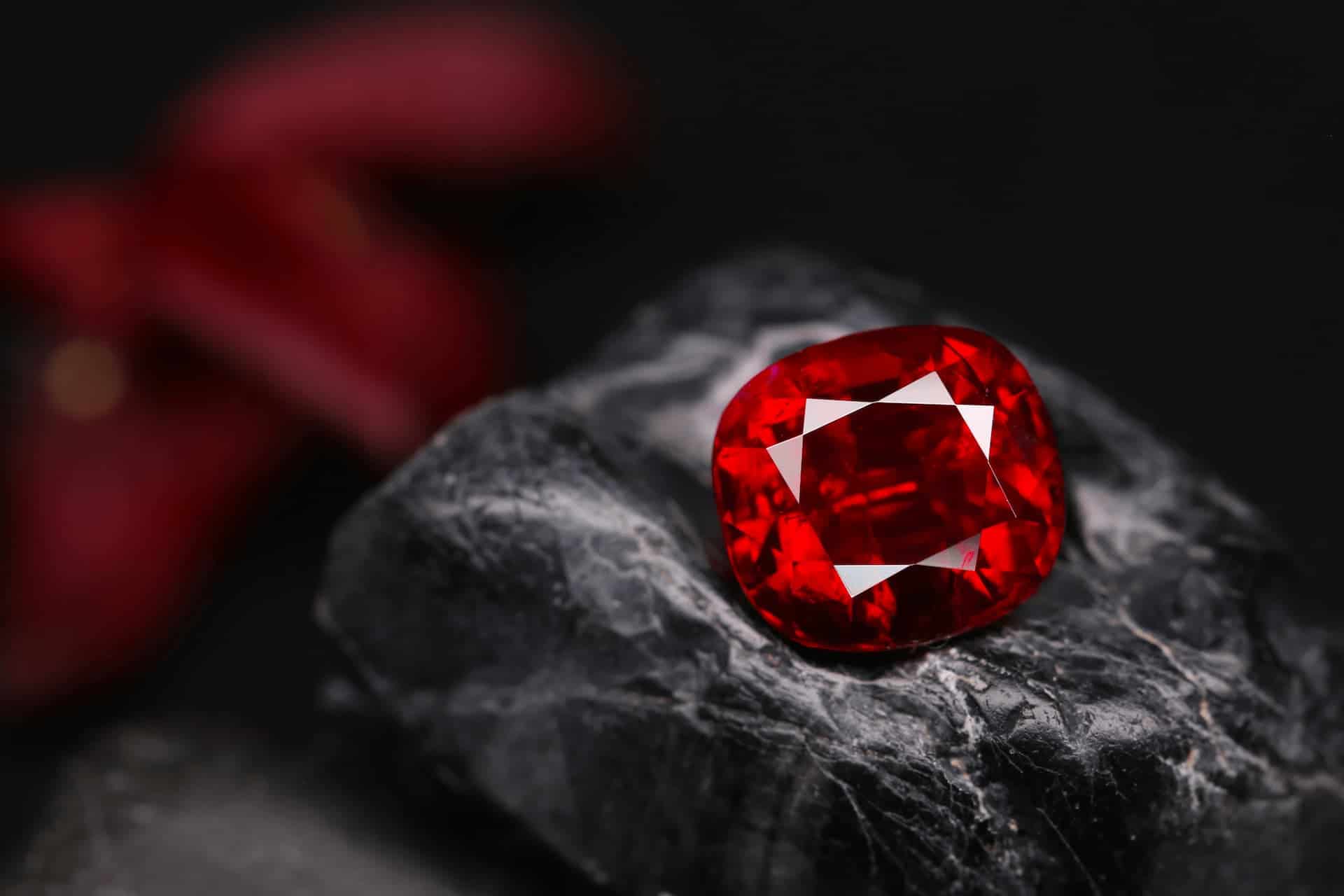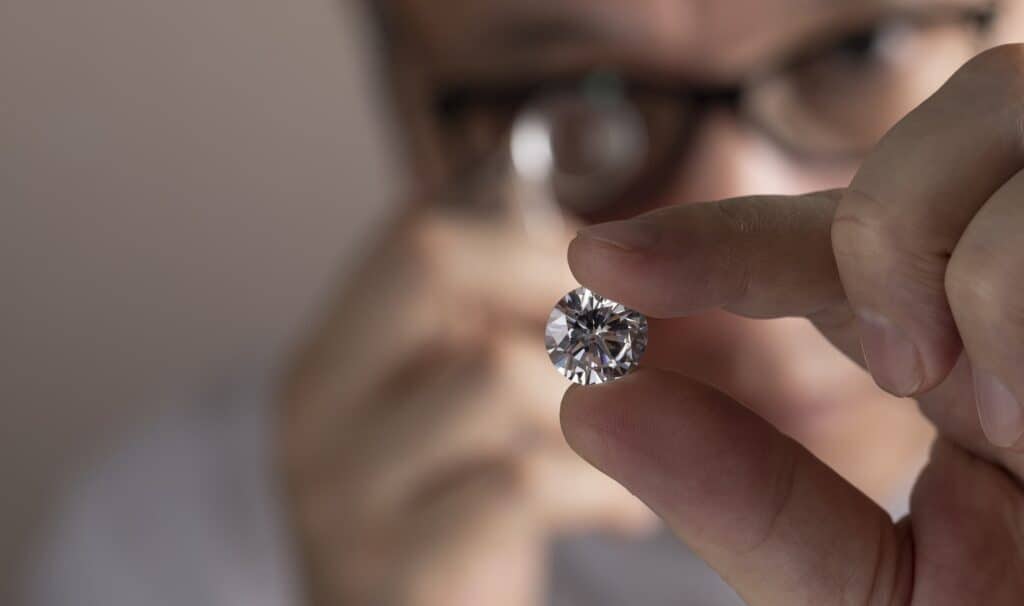
AGA strongly emphasizes the value of continuing education and professional networking. The opportunity to learn from the leading names in gemology at AGA events and exchange experiences with colleagues are my favorite benefits of being a member.
Connect with others who share your passion for gemstones, from industry veterans to newcomers. Fuel your desire to continue learning, research new ideas and discover new things.
Discover the latest gemological news and how it impacts your profession.
Refine your skills and apply the latest techniques in gemology.
Meet the greatest gemological minds and forge powerful connections.
During a recent interview, AGA Member and inaugural Bonanno Award Recipient Alan Hodgkinson said “With gemology, you can learn more if you share it…”
AGA members enjoy being part of a gemological community where inspiration is fueled by sharing their knowledge and experience.

a force for good since 1974
Learn from rockstars of gemology; stay current with the latest industry news & insights
Promoting, recognizing, and celebrating excellence in gemology
Connect & build relationships with those who share your passion for gemology
Paying it forward by making education accessible and affordable
Investing in the future of gemology by supporting scientific research
Enhance your credibility and reputation by building and maintaining public trust
Stay in the know
AGA’s multi-faceted learning opportunities include conferences, webinars, career forums, and celebrity interviews.
You are a qualified gemologist with a passion for gemstones, jewelry, and lapidary. Can your passion turn you into a multifaceted artist and a unique businessperson? AGA explored the possibilities and found the right people to ask this very question for you. Join us in our next “What Can You Do With Your Gemology” career forum to meet these passionate young artists, listen to their stories, and learn from them.

Join us in commemorating a sparkling milestone as AGA proudly celebrates its 50th Anniversary at the much-anticipated 2024 Tucson Gemological Conference and Gala in Tucson, Arizona


Purchase Recording
$195
Uncover the dynamics of the Responsible Gem and Jewelry Trade and explore gemological career options as our panelists share their boots on the ground experience in this critical and developing facet of the gem and jewelry industry.

Internationally recognized Gemological Award
Honoring recipients for their contributions to the gemological field and their work to establish and maintain high professional standards
View All Recipients


Member Testimonials
Expand your Gemology network
Connect and share your passion with the global gemological community


Accent heading